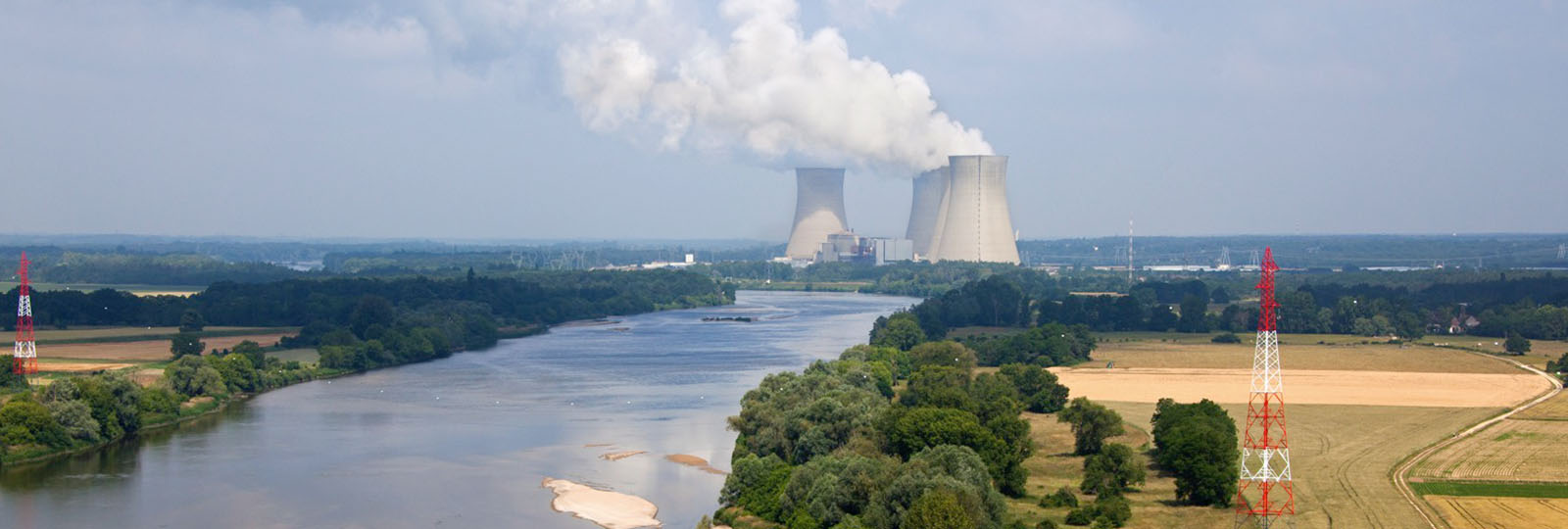
The ADVISE project is based on two key ideas:
Firstly, the project recognises the potential of computer modelling of non-destructive examination to assist in inspection technique design and in the evaluation of results. To that end, the project will provide model-assisted inspection enhancement tools which allow the iterative optimisation of customised transducers and associated operating parameters, to establish the most appropriate inspection method to begin with. Similar benefits are to be expected from model-assisted diagnostic tools, taking a-priori model-predicted and in-situ obtained information into account to fully exploit the information contained in full matrix capture (FMC) acquisitions. This is achieved through adaptive imaging methods and inversion strategies and includes backscatter filtering.
A second key idea of the project is to bring information from characterisation methods which currently are used in the laboratory obtained through destructive tests to the field using non-destructive techniques: instead of relying on supposedly representative mock-ups whose structure is characterised destructively in the lab to be able to adjust the inspection parameters, the project proposes to use for the first time in-situ characterisation techniques to gain additional and current information about the actual structure to be inspected, which is then used in model-assisted inspection optimisation tools to identify and fine-tune the best suited inspection parameters while in the field.
A necessary ingredient is the integration of the acquisition system in the overall optimisation scheme, by relocating appropriate parts of the in-situ acquisition algorithms, imaging and signal processing into the acquisition system. This is necessary, as a number of advanced imaging techniques for ultrasonic phased array data require computation times incompatible with an on-site application.
An essential asset for the implementation of this strategy is the participation of industrial key players, allowing short time from concept to application. A key strength of the project is to involve an established in-service inspection provider with transducer design capability, an acquisition system manufacturer with full access to the embedded software, a leading utility as well as major research institutes.